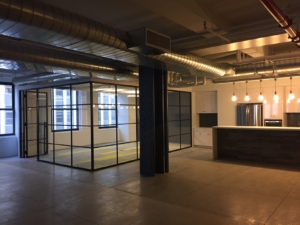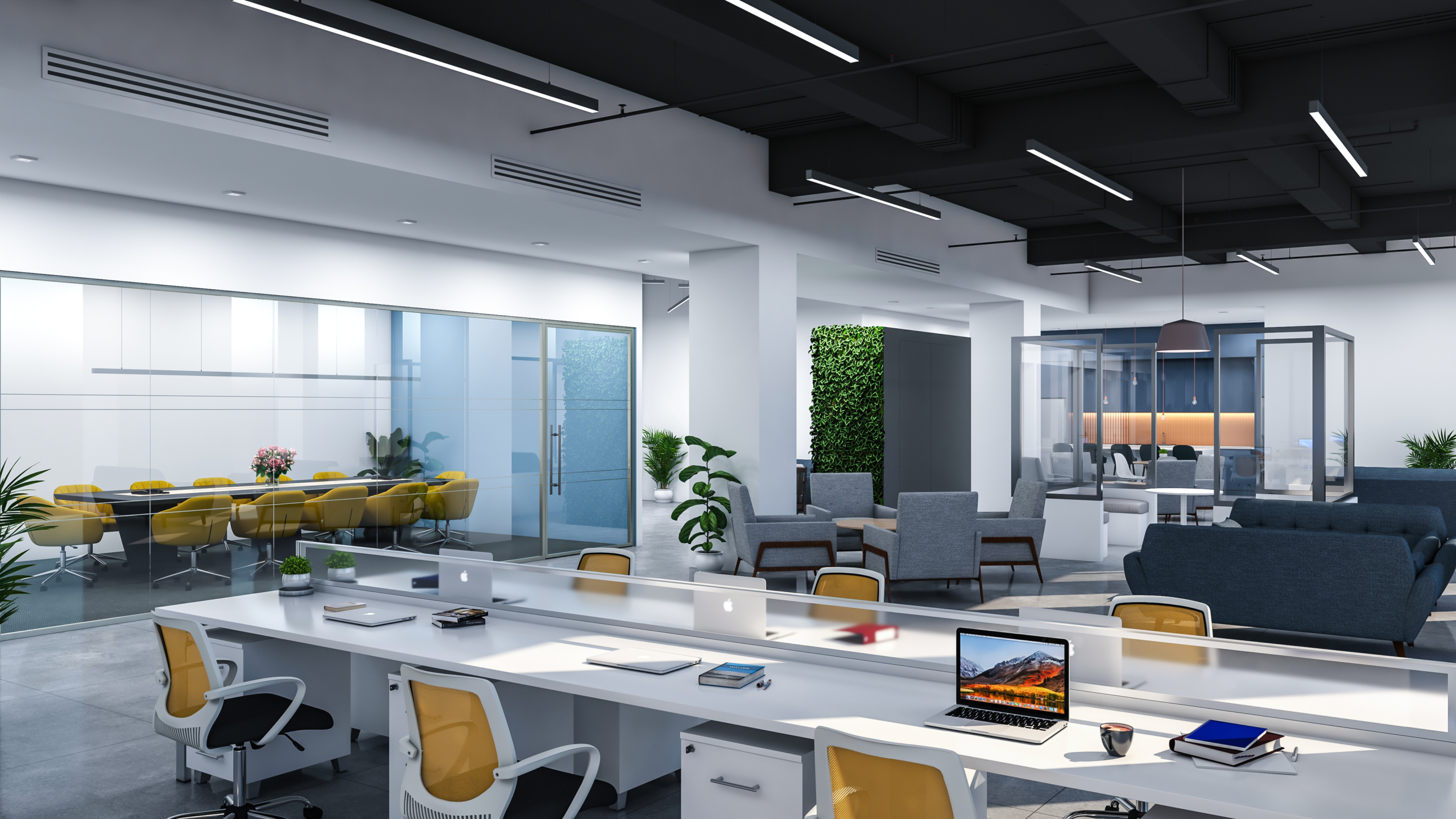 More companies are finding that the “one size fits all” office isn’t the appropriate fit for the culture and flexibility that the current workforce is requiring anymore. In a recent Coldwell Banker Richard Ellis study, 86% of respondents see flexible office space as a key component of their future real estate strategies. This is affecting property managers and building owners who are trying to pre-build spaces to show prospective tenants, but struggling with building too much or showing too little, creating difficulty in helping prospective tenants envision their company in that space, or be able to afford the requisite updates that their company requires.
More companies are finding that the “one size fits all” office isn’t the appropriate fit for the culture and flexibility that the current workforce is requiring anymore. In a recent Coldwell Banker Richard Ellis study, 86% of respondents see flexible office space as a key component of their future real estate strategies. This is affecting property managers and building owners who are trying to pre-build spaces to show prospective tenants, but struggling with building too much or showing too little, creating difficulty in helping prospective tenants envision their company in that space, or be able to afford the requisite updates that their company requires.
Pre-covid, the more pre-built a space, the more likely a tenant could see their company working there. In the post covid world, a pre-built space needs to continue to have a core template built, but then marketing plans designed to reflect different office space layouts to help prospective tenants self-select the type of office that their company has evolved in to.
Offices have evolved to have varying ratios across three types of spaces:
-
“The Kitchen Table” – loud and active
-
Defined as a space that has all the office’s break-time infrastructure, pantry and seating
-
Like the kitchen of a home, it is a main space within the office where social interaction can happen once again
-
Office workers have missed the spontaneous encounters with colleagues while working from home, and these types of spaces will inspire them to want to come back to the office
-
-
“The Lobby” – transition between loud and quiet
-
Defined as a space that offers a physical separation between active and peaceful
-
Offers intimate areas to do work or finish the conversation after a meeting or have one-on-one chats
-
Can translate to conference rooms, work stations and lounges with sliding doors to control noise
-
-
“The Library” – quiet and peaceful
-
Defined as a space intended for individual, focused working, research or material review
-
Inspired by the openness of the open floor plan but specifically designed to reduce the noise and commotion
-
Can translate as unassigned working spaces that combine large working tables, nooks, phone rooms and huddle spaces for individual or small group quiet focus – it can also include various ratios of individually assigned offices, dependent on a company’s requirements
-
Marketing plans can show the core template that is pre-built and overlays of the space designed with differing ratios for the Kitchen/Lobby/Library spaces. This shows prospective companies the flexibility that these spaces can offer and help them realize the ways their teams can come back to the office. Property managers/building owners find the expense of the architecture team designing multiple space ratios layouts is far lower than the expense of pre-building a space that is ultimately demolished because the Kitchen/Lobby/Library ratio isn’t quite right.




Leave A Comment